Large ceramic glossy warm white vase with a decor in brown and grayish glaze
In excellent condition, no cracks or chips with beautiful aged patina
The scope and range of West German pottery lends itself very easily to collecting. Each decade brings forth a different style and design of pottery: from the sleek lines and muted tones of the 1950s through the orange and red gaudiness of the 1960s, to the crusty, thick Fat Lava glazes of the 1970s and every possible permutation in between. Size, form, colour, glaze, factory, designer, decade… all offer a cornucopia of collectable pieces, just waiting to be sought after and cherished
The main reason that so much choice is offered is due to the nature of the ceramics and their production by a vast number of factories and makers. These pieces were mass-produced for distribution both within mainland Europe and for export across the World. Marketed as cheap decorative items for the home, many were broken, lost or thrown away as time went on and fashions changed. Now, a new era of appreciation is starting to recognise the thrilling, and in some cases pioneering, design that went into making these pieces.
The work of the main producers in the style concentrated on single decorative items such as vases, jugs and bowls, rather than sets of tableware. There were a relatively large numbers of basic shapes in the plain clay body, and these were heavily decorated, typically with a great variety of glaze effects in more than one colour, many using thick contoured glazes. The bodies sometimes carried moulded patterning or incised decoration (as in the 'Vetter' bowl) but glaze colours usually had the impression of being placed by flowing or brushing, rather than more precise painting. Figurative decoration is not very common, and typically plant-based when it occurs.
After the defeat of Nazi Germany, it took a few years to rebuild the German pottery industry. During its heyday from the 1950s until the 1970s, over 100 pottery and porcelain companies and studio potters were actively producing art pottery in West Germany. Scheurich, Carstens, Bay, ES, and Dümler & Breiden were the most prolific producers, and while production began slowing in the early 1970s, a wide variety of art pottery was produced well in the 1980s.
West German Art Pottery is well known for its great variety of forms and expressive colors. The pottery began getting attention in the mid 1990s,
In 2006 Graham Cooley organised the exhibition "Fat Lava: West German Ceramics of the 60s & 70s" at the King’s Lynn Arts Centre[1] from his vast collection. This exhibition popularized the phrase "fat lava" but was not the origin as some believe. The term was in use by eBay sellers years before and may have originated as a mistranslation by computer programs.
Grande vaso in ceramica bianca lucida e calda con decoro in smalto marrone e grigiastro
In ottime condizioni, senza crepe o scheggiature, con bella patina invecchiata
La portata e la gamma delle ceramiche della Germania occidentale si presta molto facilmente al collezionismo. Ogni decennio porta con sé uno stile e un design diversi: dalle linee slanciate e i toni tenui degli anni Cinquanta, passando per l'arancione e il rosso sgargiante degli anni Sessanta, fino agli smalti crostosi e spessi di Fat Lava degli anni Settanta e tutte le possibili permutazioni intermedie. Dimensioni, forma, colore, smalto, fabbrica, designer, decennio... tutti offrono una cornucopia di pezzi da collezione, che aspettano solo di essere ricercati e apprezzati
La ragione principale dell'ampia scelta è dovuta alla natura delle ceramiche e alla loro produzione da parte di un vasto numero di fabbriche e produttori. Questi pezzi venivano prodotti in serie per essere distribuiti sia all'interno dell'Europa continentale sia per l'esportazione in tutto il mondo. Commercializzati come oggetti decorativi a basso costo per la casa, molti sono stati rotti, persi o gettati via con il passare del tempo e il cambiamento delle mode. Oggi, una nuova era di apprezzamento sta iniziando a riconoscere l'emozionante, e in alcuni casi pionieristico, design che ha portato alla realizzazione di questi pezzi.
Il lavoro dei principali produttori di questo stile si concentrava su singoli oggetti decorativi come vasi, brocche e ciotole, piuttosto che su set di stoviglie. Le forme di base del corpo in argilla semplice erano relativamente numerose e pesantemente decorate, in genere con una grande varietà di effetti di smalto in più di un colore, molti dei quali utilizzavano smalti spessi e sagomati. I corpi a volte presentavano motivi a stampo o decorazioni incise (come nella ciotola "Vetter"), ma i colori dello smalto avevano di solito l'impressione di essere stati applicati a scorrimento o a pennello, piuttosto che con una pittura più precisa. La decorazione figurativa non è molto comune e, quando è presente, è tipicamente vegetale.
Dopo la sconfitta della Germania nazista, ci sono voluti alcuni anni per ricostruire l'industria ceramica tedesca. Durante il suo periodo di massimo splendore, dagli anni Cinquanta agli anni Settanta, oltre 100 aziende di ceramica e porcellana e atelier di ceramisti producevano attivamente ceramica d'arte nella Germania occidentale. Scheurich, Carstens, Bay, ES e Dümler & Breiden erano i produttori più prolifici e, sebbene la produzione abbia iniziato a rallentare all'inizio degli anni Settanta, una vasta gamma di ceramiche d'arte è stata prodotta fino agli anni Ottanta.
La ceramica artistica della Germania occidentale è nota per la sua grande varietà di forme e colori espressivi. La ceramica ha iniziato a ricevere attenzione a metà degli anni Novanta,
Nel 2006 Graham Cooley ha organizzato la mostra "Fat Lava: Fat Lava: West German Ceramics of the 60s & 70s" presso il King's Lynn Arts Centre[1] a partire dalla sua vasta collezione. Questa mostra ha reso popolare l'espressione "fat lava", ma non ne è stata l'origine come alcuni credono. Il termine era già in uso da anni presso i venditori di eBay e potrebbe essere nato da una traduzione errata da parte dei programmi informatici.

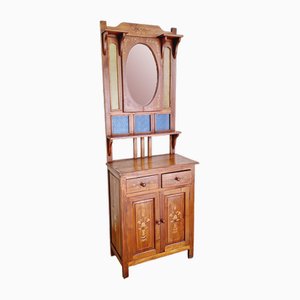
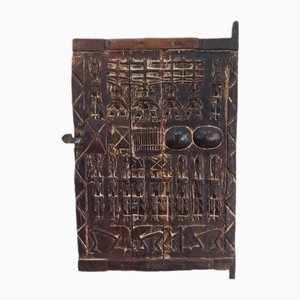
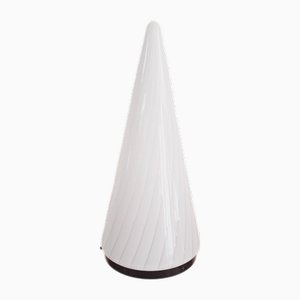

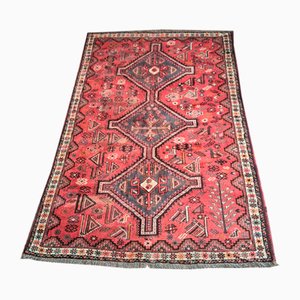
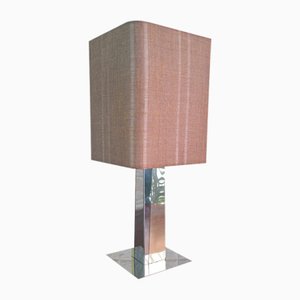
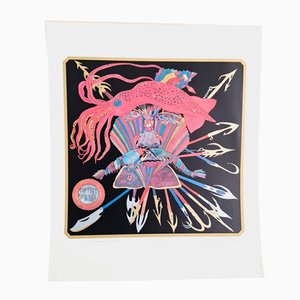

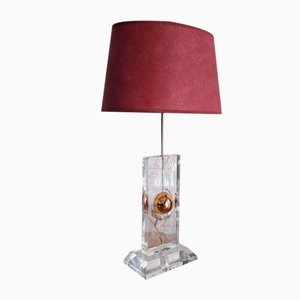
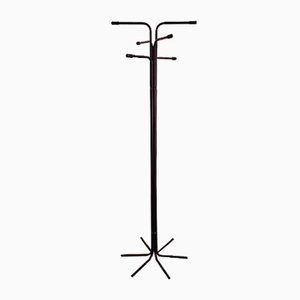

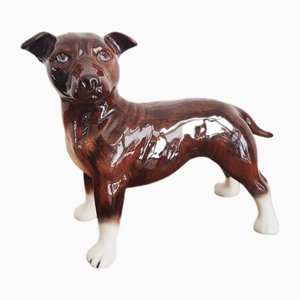
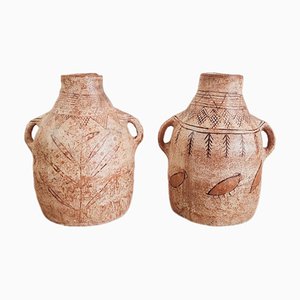
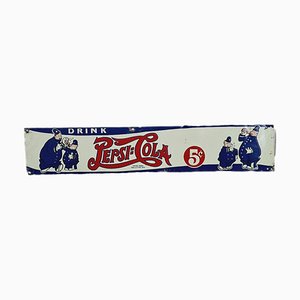

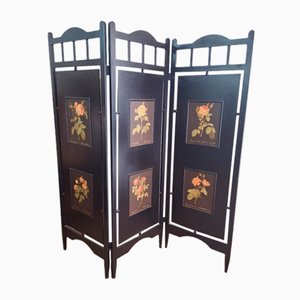

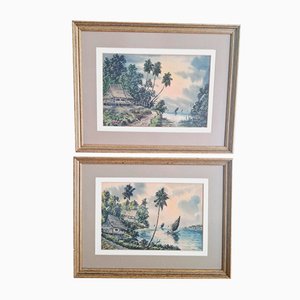

Contattaci
Fai un'offerta
Abbiamo notato che sei nuovo su Pamono!
Accetta i Termini e condizioni e l'Informativa sulla privacy
Contattaci
Fai un'offerta
Ci siamo quasi!
Per seguire la conversazione sulla piattaforma, si prega di completare la registrazione. Per procedere con la tua offerta sulla piattaforma, ti preghiamo di completare la registrazione.Successo
Grazie per la vostra richiesta, qualcuno del nostro team vi contatterà a breve.
Se sei un professionista del design, fai domanda qui per i vantaggi del Programma Commerciale di Pamono